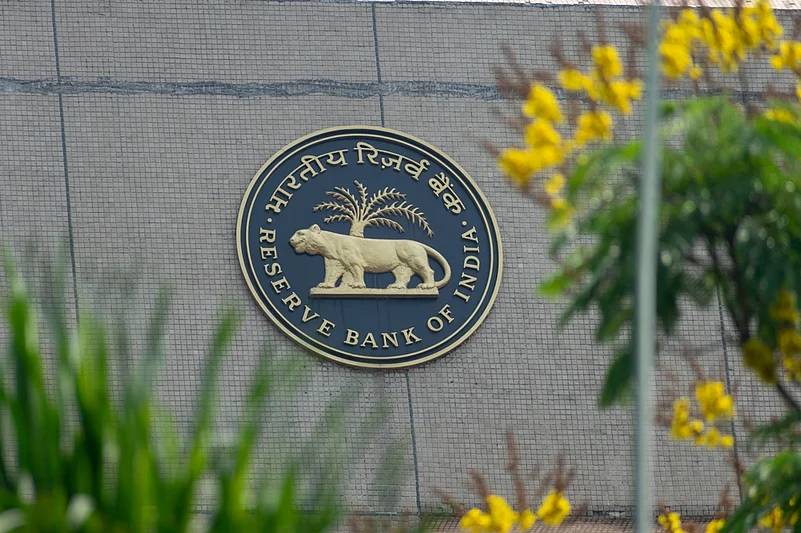The Reserve Bank of India (RBI) has launched a new framework to regulate the way Account Aggregators (AAs) function in the digital finance ecosystem. The framework comes with Self-Regulatory Organisations (SROs) to regulate AAs with the aim of enhancing data security, ensuring fair practice, and resolution of disputes within the system.
The move is likely to make digital financial services more secure and reliable as the ecosystem grows.
Why Was This Framework Introduced?
Ever since the adoption of the AA framework in 2016, the ecosystem has expanded greatly with various players like NBFC-AAs (Non-Banking Financial Company-Account Aggregators), FIPs (Financial Information Providers), and FI-Us (Financial Information Users).
As more institutions entered the system, operational problems such as data-sharing problems and participant conflicts became prevalent. To overcome these issues, the RBI has now launched the SRO framework—a market-based solution to enable coordination without imposing excessive regulatory burden.
Under the new regulation, the SRO will be an industry association which will merge members from the AA ecosystem. It will be free from interference but will remain under general oversight by RBI.
Who Can Become an SRO?
Organisations, if they desire to become SROs (Self-Regulatory Organisations), need to comply with certain requirements. They must be a Section 8 not-for-profit company under the Companies Act, 2013. They also must be able to have a net worth of at least 2 crore rupees within one year from the date of recognition.
They must be organised to be independent in such a way that no person or entity should own more than 10 per cent of its paid-up share capital, with the appropriate IT infrastructure to handle ecosystem needs. It is voluntary for users like FIPs and FI-Us to join the SRO, but all NBFC-AAs are encouraged to join so that coordination becomes easier.
The system is a framework for institutions, and it provides a structured way of addressing operational problems in order to be able to operate effectively. It is crucial, especially with more banks, insurers, and fintechs joining the AA ecosystem.
What It Means For Consumers
As digital financial services grow, consumers can expect a lot of necessary upgrades that will directly influence their experience with digital financial services:
Enhanced Data Security: With more regulation, clients feel at ease sharing their payment information using Account Aggregators (AAs). For example, a job applicant who is searching for a housing loan from an AA platform can now be assured that their salary information and credit rating will be transmitted securely without worrying about data exploitation.
Simplified Resolution of Disputes: Easier-to-read rules for the resolution of disputes would cut delay whenever something goes wrong. In the case of a customer utilising a budgeting app connected with their AA accounts and discovering there was unauthorised expenditure, in the new system, there would be a set process for reporting the issue and it being resolved, allowing for more rapid action and responsibility.
Increased Transparency: Standardised common services would make it easier for consumers to compare financial products. For instance, if there are two banks offering personal loans via an AA, clearer fee conditions could reduce surprises and facilitate informed decisions for consumers.
Increased Confidence and Trust: The majority of customers, especially first-time users of digital finance, would be reluctant to share information on the internet. With increased regulation, a student availing an education loan or a retiree opting for AAs to look for investment avenues would feel more confident in using digital finance portals.
Reduced Risks of Fraud: By establishing stricter conditions for sharing data, consumers are better protected from phishing and scams that typically target the users of digital finance. For example, a gig economy worker who enjoys various sources of income and is thus able to better protect their finances, and can rest assured that their details are shared only with genuine entities.
Innovation and Regulation
This move by RBI to implement the SRO model reflects an effort towards creating a balance between digital finance innovation and consumer protection. By leaving room for industry regulation within well-defined guidelines, the strategy refrains from typical overreaching by regulators but guarantees that central issues are covered.
However, success with the model will also depend on how well the SRO will manage conflicts and remain independent. This framework can facilitate the development of greater confidence in digital financial services to the benefit of market players and consumers alike.
With digital finance picking up pace in India, the new regime would be instrumental in imparting much-needed discipline to the AA ecosystem. By instilling stringent data protection norms and ensuring players abide by the ethical line, the RBI proposal could bring added strength to the foundations of safer and cleaner digital finance services in India.














